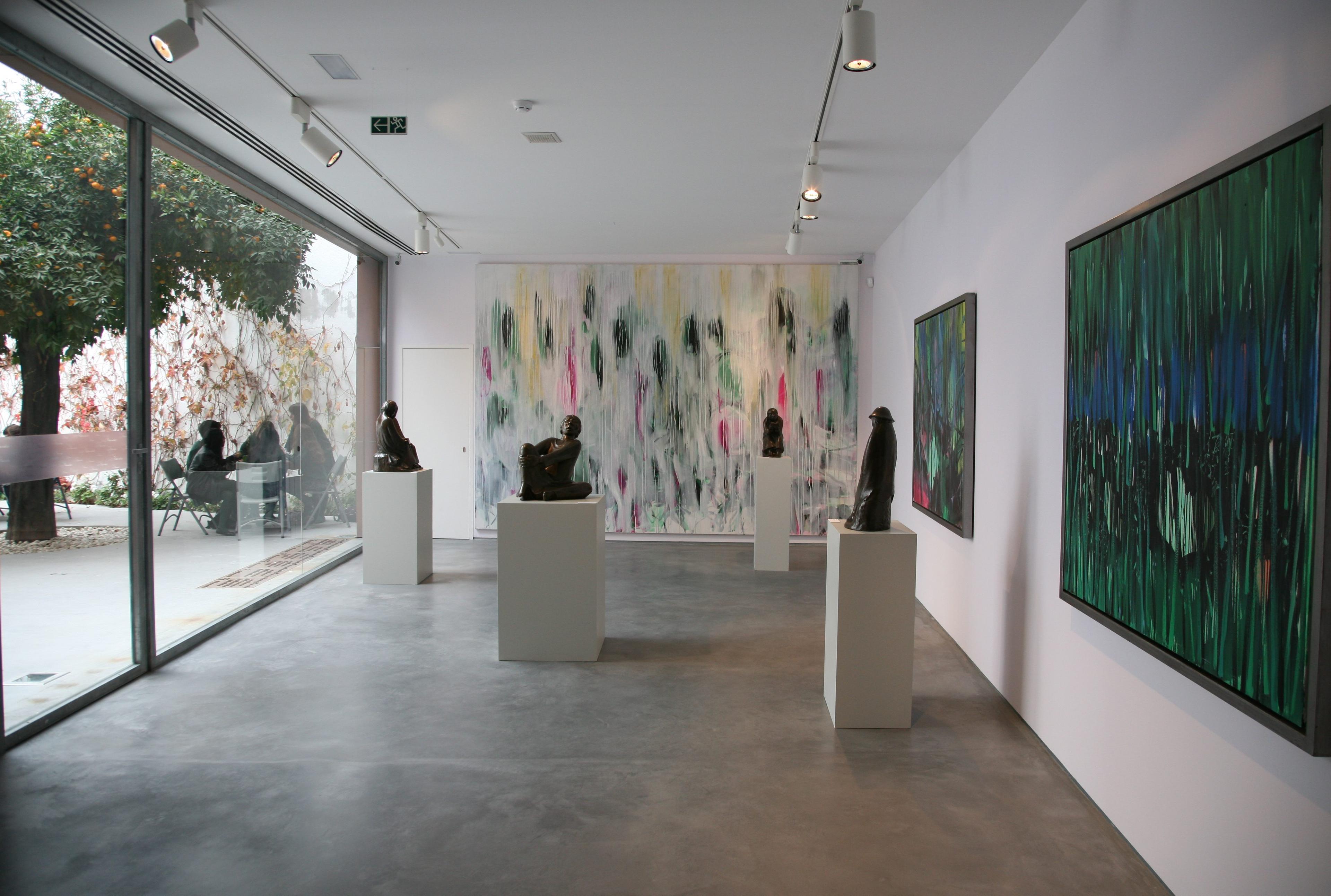
16.07 - 16.09.2017
Ernst Barlach - Jorge Rando: Mystics of Modernity, Emden
The works of the German sculptor Ernst Barlach and the Spanish painter Jorge Rando enter into an intriguing dialogue.
Martin Luther Cultural Church, Emden
The works of German sculptor Ernst Barlach and Spanish painter Jorge Rando enter into an astonishing dialogue, even though the two artists are separated by more than seven decades. "For me" says Jorge Rando "painting is a spiritual quest, because spirituality is in everything that surrounds us and in ourselves". More than 100 years ago, Ernst Barlach wrote, "when the artist makes the mystical so sensual that it becomes familiar world, he has elevated: through the ordinary to the infinite." Both artists articulate in their work against the loss of space and time, against the alienation of humankind and cosmos in modern industrial society. Spirituality and mysticism mean neither for Barlach nor for Rando to turn away from social reality. Rather, they describe the search for orientation and for values that make an idea of the transformation of reality seem possible at all.
Ernst Barlach (1870-1938) is one of the most important artists of German Expressionism. His sculptural works, drawings and graphics are in collections and museums all over the world. He distrusted the blind promises of prosperity of his time. By progress Ernst Barlach understood the way to a human future characterized by ethical and spiritual qualities. Thus it was initially peasants and beggars, vagabonds and seekers, simple, lonely, doubting and introspective figures with whom he countered the glorification of technology, rationalism and materialism of his time. They rebelled against the rapid acceleration of early modernity, whose dreams would culminate in World War I a few years later. For Barlach, there were no victors and no heroes after this war, only losers. Thus, in the decades to come, he never got tired of admonishing the war and campaigning for peace. However, it is not only the mourning and miserable, but also the beautiful and hopeful figures, the singers, the musicians and dreamers, who want to rise above the state of the world.
Without the artist being able to foresee the coming wars, let alone the consequences of globalization, the economic and ecological crises that threaten our present, Ernst Barlach's work still stands today as a powerful, admonishing, comforting and inescapable advocate for the transformation of our world.
The Spanish painter Jorge Rando (born 1941) is considered the most important representative of neo-expressionist painting in his country. His thoroughly idiosyncratic revitalization of Expressionism aims to make spiritual forces visible anew as an orientation in the world. In particular his landscape paintings show the passion with which Rando stands up for the idea of creation and an ethos of creation derived from it. In the paintings entitled "Vertical Horizons" he connects the earth with the sky. His landscapes are cathedrals and, in their quiet sublimity, show us what our real landscapes have long since ceased to be. With the cycle "Passion" Rando succeeds in reviving the Christian Stations of the Cross. The large-format paintings show Jesus Christ in an almost revolutionary way in a world of which Rando says: "This, his Passion takes place a thousand times every day".
It is the colors of the South, the transparent layering and bundling of light, and the sacred perspectives that give the impression that Jorge Rando wants to use his painting to finally fill up again people, nature, and things with a uniqueness that has long been lost to instrumental and materialistic thinking.
An exhibition of the Ernst Barlach Gesellschaft Hamburg in cooperation with the Kulturkirche Martin Luther Emden and the Museum Jorge Rando Málaga.






